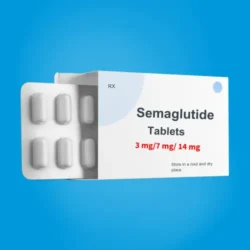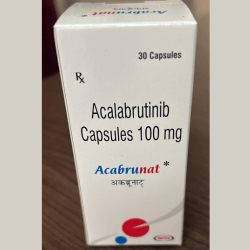Description
Voriconazole 200 Mg Injection, administered via injection, serves as a critical treatment for specific fungal infections:
- Invasive Aspergillosis: Effective for patients aged 15 years and older, and in pediatric patients aged 12 to 14 years weighing 50 kg or more.
- Candidemia & Deep Tissue Candida Infections: Suitable for non-neutropenic individuals and pediatric patients aged 12 to 14 (≥50 kg) and those 15 years and above.
- Serious Fungal Infections (Scedosporium & Fusarium): Used in cases of intolerance or refractoriness to other therapies, specifically for infections caused by Scedosporium apiospermum and Fusarium species, including Fusarium solani.
Dosage and Side Effects
Voriconazole is designed for intravenous infusion, provided as a single-dose, preservative-free product. Healthcare professionals administer it through a vein using a needle (intravenous or I.V.), taking 1 to 2 hours per dose.
Common side effects of Voriconazole Injection encompass peripheral edema, headaches, breathing difficulties, gastrointestinal issues like diarrhea, vomiting, abdominal pain, and other symptoms such as nausea, rashes, fever, anxiety, insomnia, confusion, weakness, tingling, dizziness, irregular heartbeats, and fluctuations in blood pressure. Additionally, it may cause stomach upset, constipation, jaundice, hair loss, skin dryness, itching, redness, back and chest pain, and chills.
In certain cases, adverse effects in patients may include squamous cell skin cancer, phototoxicity-induced damage, and Stevens-Johnson syndrome. Prolonged usage warrants caution due to potential risks of bone fluorosis and periostitis.
FAQ's
How Is Voriconazole Effective?
The mode of action of voriconazole is through disruption of fungal cell membranes and metabolism.
What Constitutes Voriz Injection’s Active Ingredients?
Voriconazole is Voriz’s active component.





